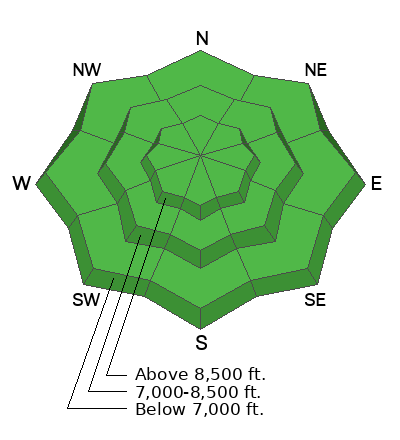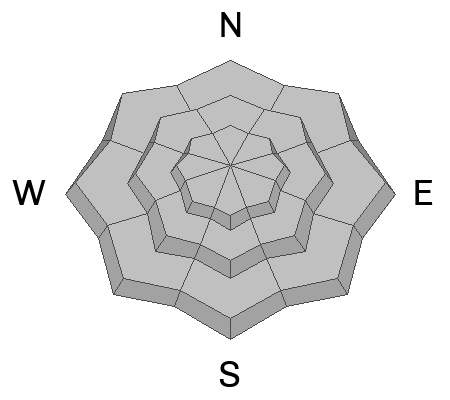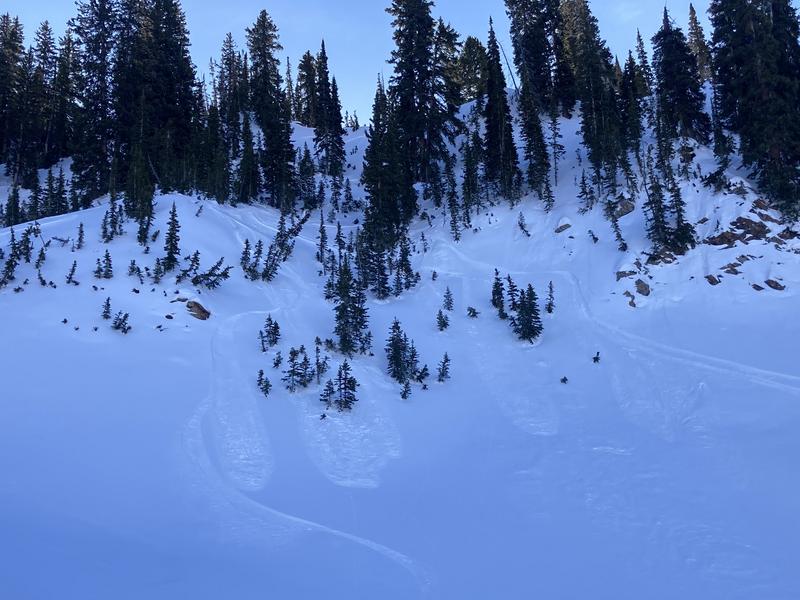Forecast for the Ogden Area Mountains

Issued by Greg Gagne on
Friday morning, December 29, 2023
Friday morning, December 29, 2023
The avalanche danger is LOW and traveling with normal caution is advised when traveling in avalanche terrain. Watch for sluffing in the dry/loose snow surface on steep shady slopes and in isolated areas at the upper elevations, you may encounter shallow slabs of wind-drifted snow.

Low
Moderate
Considerable
High
Extreme
Learn how to read the forecast here








